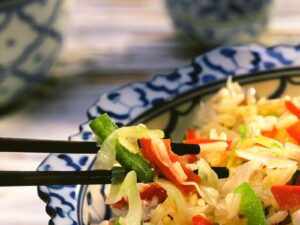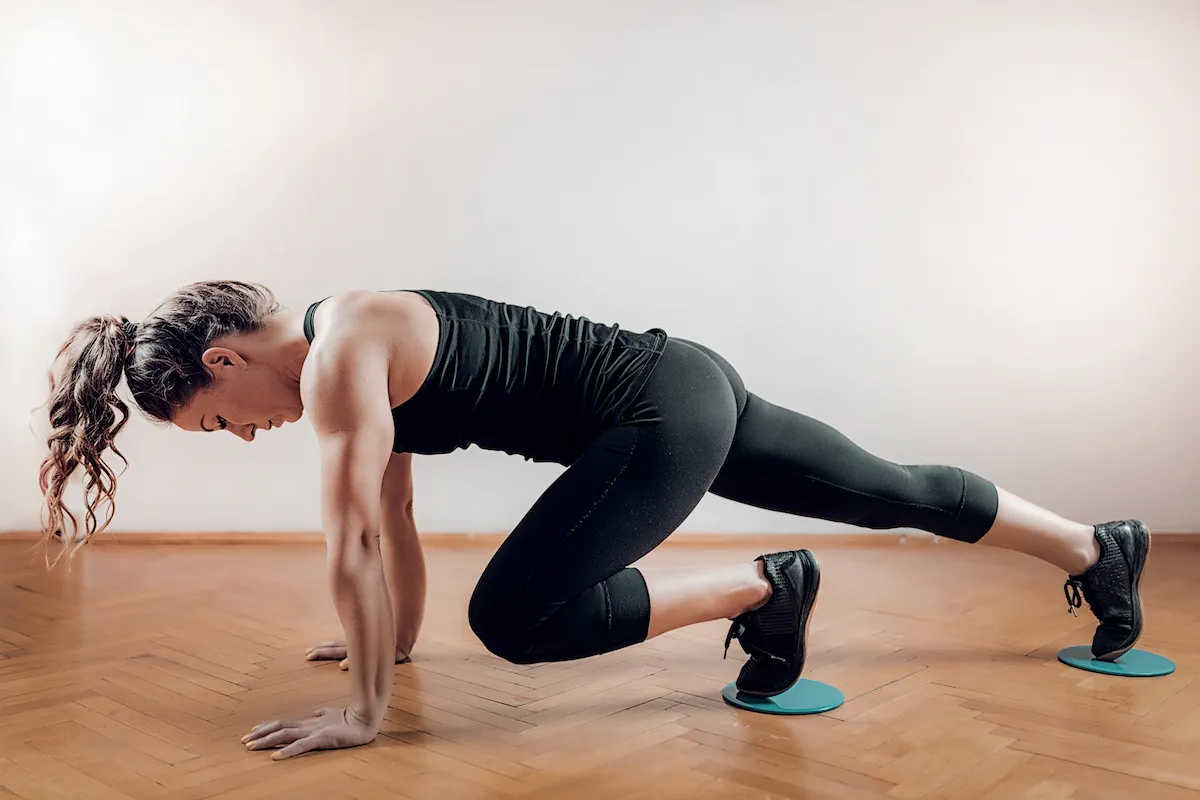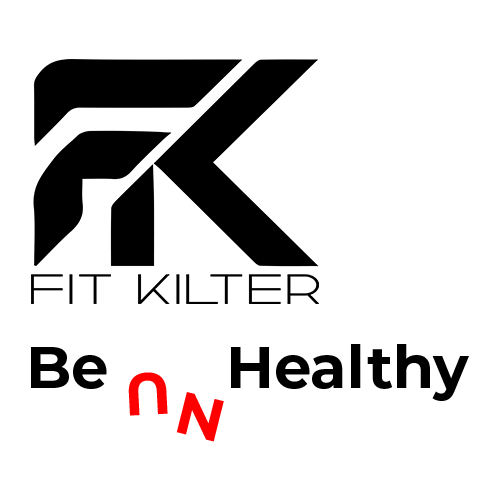Introduction:
A strong core is the foundation of a healthy, functional body. Beyond the aesthetic appeal of sculpted abs, a well-developed core plays a crucial role in enhancing stability, improving posture, and preventing injury. In this comprehensive guide, we’ll delve into the secrets of building a strong core, exploring the anatomy, benefits, and effective exercises to help you unlock your core’s full potential.
Understanding the Core:
Before we dive into the secrets of core strength, let’s first understand what constitutes the core. Contrary to popular belief, the core isn’t just about the abdominal muscles. Instead, it encompasses a complex network of muscles that stabilize and support the spine, pelvis, and hips. Key muscles of the core include:
- Rectus Abdominis: Located at the front of the abdomen, this muscle is responsible for flexing the spine and is commonly known as the “six-pack” muscle.
- Obliques: These muscles run along the sides of the abdomen and help with rotation and lateral flexion of the spine.
- Transverse Abdominis: Often referred to as the body’s natural corset, this deep abdominal muscle wraps around the torso and provides stability and support to the spine and pelvis.
- Erector Spinae: These muscles run along the spine and play a vital role in maintaining upright posture and spinal stability.
- Multifidus: Deep muscles that run along the spine and provide stability and support during movement.
Benefits of a Strong Core:
- Improved Posture: A strong core helps maintain proper alignment of the spine, reducing the risk of postural imbalances and associated pain or discomfort.
- Enhanced Stability: Core strength is essential for stability and balance, whether you’re performing daily activities or engaging in athletic pursuits.
- Injury Prevention: A stable core acts as a protective shield for the spine, reducing the risk of injuries such as lower back pain, strains, and sprains.
- Better Athletic Performance: A strong core serves as the powerhouse for dynamic movements, improving agility, power, and coordination in sports and physical activities.
- Functional Movement: Core strength is integral to performing everyday tasks with ease and efficiency, from bending and lifting to reaching and twisting.
Secrets to Building a Strong Core:
- Focus on Functional Exercises: Incorporate functional exercises that engage multiple muscle groups and mimic real-life movements. Examples include planks, bird dogs, dead bugs, and Russian twists.
- Prioritize Stability Training: Stability training challenges the core muscles to maintain balance and control, promoting strength from the inside out. Utilize stability balls, balance boards, and resistance bands to add variety to your workouts.
- Progressive Overload: Gradually increase the intensity, duration, or complexity of your core exercises over time to continue challenging your muscles and stimulating growth.
- Mind-Body Connection: Pay attention to proper form and technique during core exercises, focusing on engaging the deep core muscles and maintaining alignment throughout each movement.
- Consistency is Key: Like any other muscle group, building a strong core requires consistent effort and dedication. Aim for regular core workouts, incorporating a variety of exercises to target different muscle fibers and movement patterns.
Effective Core Exercises:
- Plank Variations: Standard plank, side plank, plank with leg lifts, and plank with arm reaches are excellent exercises for building core stability and strength.
- Dead Bug: Lie on your back with knees bent and arms extended towards the ceiling. Lower one leg and the opposite arm towards the floor while maintaining a neutral spine, then return to the starting position and repeat on the other side.
- Russian Twist: Sit on the floor with knees bent and feet lifted off the ground. Hold a weight or medicine ball with both hands and twist your torso from side to side, engaging your obliques.
- Bird Dog: Start on your hands and knees with a neutral spine. Extend one arm and the opposite leg while keeping your hips level and core engaged. Return to the starting position and repeat on the other side.
- Bicycle Crunches: Lie on your back with knees bent and hands behind your head. Lift your shoulders off the ground and bring one knee towards your chest while simultaneously rotating your torso to bring the opposite elbow towards the knee. Alternate sides in a pedaling motion.
Conclusion:
A strong core is the cornerstone of a healthy, resilient body, providing stability, strength, and support for everyday activities and athletic pursuits. By understanding the anatomy of the core, embracing functional exercises, and prioritizing consistency in your training, you can unlock the secrets to a stronger, more functional core. Incorporate the tips and exercises outlined in this guide into your fitness routine, and witness the transformative power of a strong core in enhancing your overall well-being and performance.













